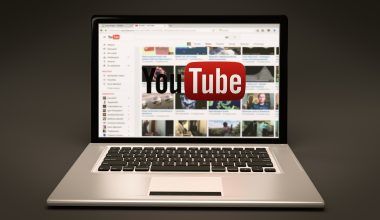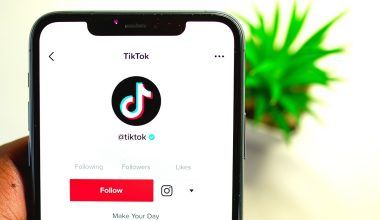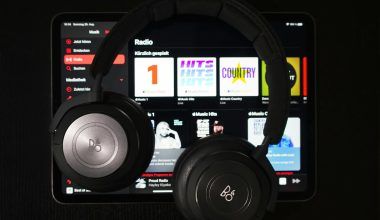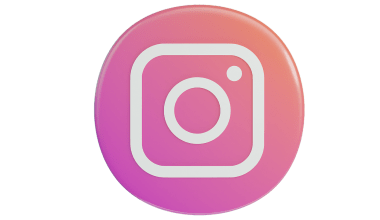If you’re an artist or musician, you’ve likely dreamt of making a living from your music. But in today’s digital-first world, it’s not enough to just create great music—you need to know how to distribute and monetize it effectively. The good news? Digital stores and streaming platforms make it easier than ever to reach global audiences and get paid for your art.
In this guide, we’ll dive into how you can monetize your music on all digital stores and multiple platforms, breaking down the steps to help you build a sustainable income stream from your work. Whether you’re just starting out or looking to expand your reach, this guide is for you.
Why Monetizing Your Music Matters
First, let’s talk about why monetization is so important. Music isn’t just about passion; it’s also about making sure your efforts translate into income. Monetizing your music ensures you get paid every time someone streams, downloads, or purchases your tracks. With the right approach, your songs can earn money across multiple platforms simultaneously, creating a steady revenue flow.
Preparing Your Music for Distribution
Before you start uploading your tracks, ensure your music is polished and ready for a professional audience. A few key steps include:
- High-Quality Audio Files: Make sure your music is mixed and mastered to industry standards. Poor audio quality can deter listeners.
- Metadata Optimization: Add proper metadata, such as song title, artist name, and genre, to help digital stores organize and promote your music.
- Album Artwork: Eye-catching cover art can make your music stand out on platforms like Spotify and Apple Music.
Once these basics are in place, you’re ready to move to the next step.
Choosing the Right Digital Stores and Platforms
When it comes to monetizing your music on all digital stores, the first question is: which platforms should you choose? While there are dozens of options, focus on platforms that align with your audience and goals.
- Streaming Platforms: Spotify, Apple Music, Amazon Music, and Deezer are essential for reaching millions of listeners.
- Digital Stores: iTunes, Google Play, and Bandcamp let fans purchase and download your music directly.
- Social Platforms: Facebook, Instagram, and TikTok offer music monetization tools that allow creators to earn from video content.
How to Distribute Your Music
You might wonder, “How do I upload my music to all these platforms?” This is where music distribution services come into play. Companies like DistroKid, TuneCore, and CD Baby can help you upload your tracks to multiple platforms in one go.
Here’s how to get started:
- Sign Up for a Distributor: Choose a distributor that meets your needs. Compare fees, revenue splits, and additional services like playlist pitching.
- Upload Your Tracks: Provide your audio files, metadata, and album artwork.
- Select Platforms: Decide which stores and streaming services you want your music on.
- Set Pricing: For digital stores, choose a price point for your music downloads.
Exploring Different Revenue Streams
Monetizing your music on multiple platforms isn’t limited to streaming royalties. To maximize earnings, tap into various income sources:
- Streaming Royalties: Earn revenue every time your song is played on services like Spotify or YouTube Music.
- Sync Licensing: License your music for use in movies, TV shows, or advertisements.
- Direct Sales: Sell digital downloads on platforms like Bandcamp, where artists keep a larger share of profits.
- Merchandise: Combine music sales with branded merch like T-shirts or vinyl records to boost income.
Marketing Your Music for Greater Reach
Monetizing your music on all digital stores requires more than just uploading your tracks. You need to actively market your music to attract listeners.
- Social Media Promotion: Use Instagram, TikTok, and Twitter to engage with fans and promote your releases.
- Playlist Placement: Pitch your songs to popular playlists on Spotify and Apple Music to gain exposure.
- Email Newsletters: Keep your audience updated on new releases, tours, and exclusive content.
- Collaborations: Partner with other artists to cross-promote your music to new audiences.
Tracking Your Earnings
Once your music is live, it’s important to track your earnings. Most distribution platforms provide dashboards where you can see how your songs are performing. Keep an eye on metrics like:
- Streaming Numbers: Understand which platforms and regions your music is popular in.
- Revenue Reports: Monitor your royalties and sales to ensure timely payments.
- Listener Demographics: Use insights to tailor your marketing strategies.
Staying Consistent
Success doesn’t happen overnight, and neither does earning a full-time income from your music. Consistency is key. Keep releasing new music, engaging with fans, and optimizing your monetization strategies.
The Future of Music Monetization
With advancements in technology, new opportunities are emerging for artists to monetize their music. Blockchain platforms, NFTs, and direct-to-fan platforms like Patreon offer exciting ways to connect with your audience and earn more.
Conclusion
Monetizing your music on all digital stores and multiple platforms isn’t just about making money—it’s about building a career doing what you love. By taking a strategic approach to distribution, marketing, and engagement, you can ensure your music reaches the right ears and earns the income it deserves.
Start today, take the first step, and watch as your music not only resonates with audiences but also becomes a sustainable source of revenue. The possibilities are endless, and your journey to monetizing your music starts now.
For further reading, explore these related articles:
- How to Make Money Watching YouTube Videos: Your Complete Guide
- The Story Behind Andrew Tate’s Rise
- Good Songs for Instagram Reels: Why Music Matters
For additional resources on music marketing and distribution, visit DMT Records Private Limited.






